Recently I've made simple buck regulator based on MC34063 from TI. I want to use that to power my SMT32 base application. Voltage on input varies from 9-26V. I've put some part on general purpose soldering board and while using DMM I got 3.3V on output (in all input range). But when I probe output with oscilloscope I see a lot of noise I'm attaching schematics that I've used. I'm not using any post LC filter only added two 100nF capacitors on input/output to decouple some hihg f noise but that didn't help. Since this is a prototype or prove of concept layout is not optimized (it's very wide) can that play that significant role?
-
1Minimum load??? – Passerby Mar 06 '17 at 07:33
-
1questions: 1) The max designed output current=? 2) Show a photo of your test version. The spurious behavioural is possible with sparse wiring 3) Some load is needed to stable operation Have any? 4)The oscilloscope probe connection principle - where is the GND wire of the used probe and how long it is? – Mar 06 '17 at 07:36
-
I've put 33Ohm resistor as load from the beginning so load current should be around 100mA. Probe GND is max 7cm and I actually keep it close to probe not to make a loop to pick up noise. Same type of distortion is visible on input as well. I'm using EA lab power supply but i think it's due to MC34063 switching because after disconnecting it input voltage is clear. Will post pictures in afternoon. – kaziel Mar 06 '17 at 08:06
-
Hi, I know that kynar is not the perfect feedback trace neither GND but that's role of those two wires :) – kaziel Mar 06 '17 at 12:27
1 Answers
Layout is not optimized (it's very wide) can that play that significant role?
For a DC-DC, layout is everything. Without a proper ground layout, input and output capacitors will be ineffective, and output voltage will be very noisy.
Without a ground plane, there will be large potential difference between different points labeled "GND" due to high di/dt currents flowing through inductive wires. This makes it impossible to measure anything reliably.
Probe GND is max 7cm and I actually keep it close to probe not to make a loop to pick up noise.
You cannot measure anything in the vicinity of a DC-DC with the long ground clip. Lookup "Probe grounding and noise pickup" in this guide:
Conclusion: Your results are normal for a protoboard. If you want to build a prototype with realistic performance, do it dead-bug over a solid ground plane.
- 70,433
- 3
- 83
- 203
-
Thank you very much for useful reference to wiki. Any tips tricks how to do a dead-bug circuit? Never done it before. I'm planing to use PTFE sheet over FR4 cooper board as a ground plane. Do you guys glue elements before soldering? Is soldering SMD resistor on one side is di-soldering other side? – kaziel Mar 07 '17 at 10:31
-
I use copper clad pcb, kapton tape for isolation, and adhesive copper tape. You can also stick bits of perfboard on your copper with double sided tape. SMD resistors are too fragile to use them as standoffs (except MELF). http://electronics.stackexchange.com/questions/105688/using-copper-clad-for-rf-projects – bobflux Mar 07 '17 at 10:52
-
I've made dead bug circuit today but will measure this tomorrow. . – kaziel Mar 07 '17 at 22:09
-
Hi again all. I've made measurements and they look much better now!!! I'm getting 120mV ripple on out voltage is that reasonable for 3.3V? For final device I will use lower ESR caps for sure, any good read about laying them out on PCB so due to trace differences one of them will not ware out sooner than other? – kaziel Mar 09 '17 at 09:18
